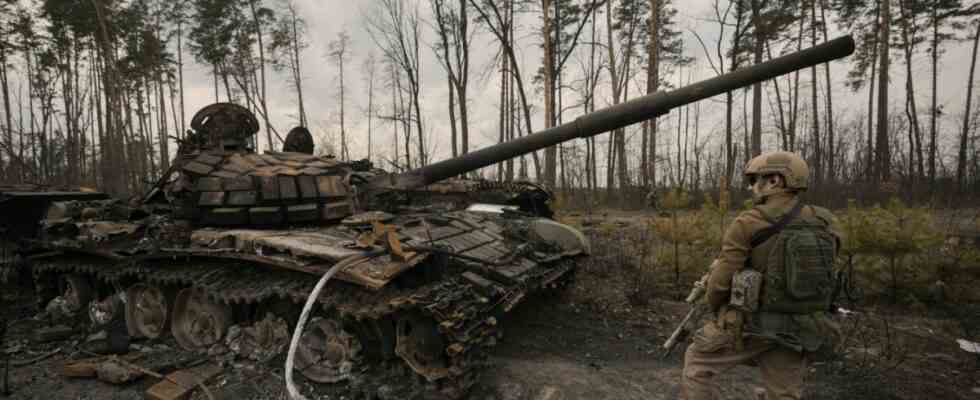Former US President George W. Bush can be considered a visionary. It was in 2002 that the politician made the since-much-quoted quip: “I don’t spend a lot of time conducting public opinion polls around the world to find out if what I believe is right,” Bush said, elaborating : “I just need to know what I’m feeling.” Comedian Stephen Colbert was inspired by this statement to create the word “truthiness”, which could perhaps be translated as “truthfulness”. Both the ex-president’s statement and the comedian’s word creation seem like a far-sighted foreword to the current handling of information, truth, fake news or facts. Large parts of the public seem to simply believe fervently what feels good to them – especially when it comes to issues as big as the war in Ukraine or the corona pandemic.
Psychologists have therefore long been concerned with the question under which conditions information beyond the pure facts feels true – and they like to use the word “truthiness” for their studies. Pictures exert a particularly convincing power, as has recently been the case with psychologists led by Daniel Derksen from Simon Fraser University demonstrate in a study. As long as a photo only fits the topic, this increases the “truth” of a statement. However, the picture does not have to transport important information.
The psychologists have examined this connection by presenting sometimes absurd quiz questions for evaluation. For example, the subjects had to judge whether milk from hippos was colored pink or not. When the researchers presented the questions with a photo of one of the animals, respondents were more likely to agree with the statement. No relevant information could be derived from the image: it only showed a hippopotamus standing in the water and looking like hippos standing in the water. Nothing could be deduced from the photo about the color of the milk with which the animals suckle their young.
The same connection is known from many other studies for other areas. Witness statements are more likely to be believed if they are garnished with some kind of photo. Nonsense claims about neuroscience seem more credible when served with empty images of brains. The same applies to claims about people. These appear more serious if they are sent with a photo. Currently in times of pandemic and war, the following probably applies: the image of an FFP2 mask or a shot-up tank may convey little or no information about a specific incident, but increases the credibility of the statements illustrated with it.
The driving force is the so-called cognitive processing fluidity: a picture helps to mentally digest a statement more easily and to imagine a statement – even if the photo conveys no information. This mental lightness alone generates good feelings. And what feels good can even convince top politicians.

